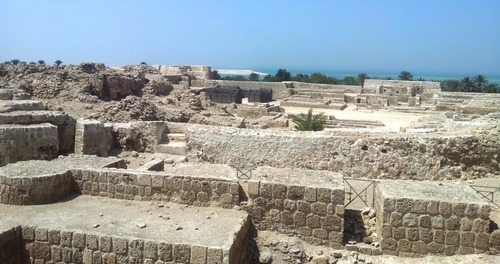
View of the excavated Portuguese fort with the sea behind it, and the palm groves between the two. One of the beautiful sceneries we encountered during our research. Continue reading


View of the excavated Portuguese fort with the sea behind it, and the palm groves between the two. One of the beautiful sceneries we encountered during our research. Continue reading
In a recent article, Antonio Giustozzi explains how the Taliban have improved their command & control structure. He describes how, under the military pressure of the US and NATO, and with the support of Pakistan’s ISI, the Taliban leadership has become more in control of the movement; and how this centralization alienates some local Taliban commanders and increasingly the population, who now have to deal with rotating commanders instead of well-known local strongmen (‘the devil you know’). Pakistani influence over the Taliban has always been terrible for the movement’s legitimacy among Afghans. On the other hand this centralization has allowed the Taliban to improve their governance and also their public image, as less brutalities are committed in the name of the movement.
The fear of Big Brother is justified as long as political power sits on top of us and has the means to lock us into a subordinate relationship of control. In the 1920s and 30s we saw how dictatorial regimes came into power in democracies through elections, so the sole fact that a political system is democratic is not sufficient to guarantee that civil liberties will be protected. In theory the Netherlands or any other democratic country could become a dictatorship after the next elections (and step out of the European Union and other binding international agreements if necessary). Continue reading
Ik ben tot de laatste ronde gekomen in de sollicitatieprocedure voor de functie van Directeur van De Balie. Jammer dat ik het niet geworden ben, want dit was ik van plan: Continue reading